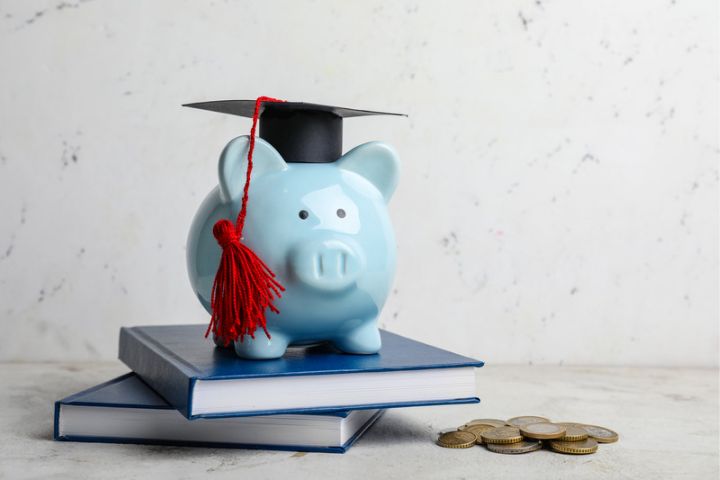

7 things to do to prepare for the cost of a new school year
Summer holidays will soon be over, bringing relief to many parents as there is finally an end in sight to the daily battle to find affordable, boredom-busting ideas to keep the kids amused. But for parents, it's also a sign of yet another set of costs that we must face as the new school year approaches – and according to Finder, parents will spend a whopping $11.4 billion on back-to-school costs in 2023. That’s an average of $2,325 per primary school child and $4,212 for secondary students.
Back-to-school expenses do not only include school supplies, school uniforms, tuition, and excursions. It’s a good idea to be prepared for more costs, and some financial planning can help. With that in mind, here are some things you can do to get ready for the cost of a new school year.
1. Create a checklist of the back-to-school expenses
While preparing for the new school year’s costs, the first thing to do is list all your expected expenses and then some. These include:
- School fees - there’s no escaping from them, school fees keep piling up, and with the current economic climate, we should probably be bracing ourselves for them to increase. It’s a good idea to check if your child’s school offers flexible payment options or discounts
- School supplies - are the usual things our children need for their studies, like books, lab equipment, pencils and pens and other essential supplies. Some schools may also require laptops or tablets
- School uniforms – let’s face it, our children grow and outgrow their uniforms. It’s worth adding them to your list
- Lunch and snacks – obviously it’s going to be cheaper if you prepare these at home, with the occasional tuck shop treat thrown in. Either way, they must be considered in your budget
- Transportation – if you don’t live within walking distance (or biking if you child is old enough) to the school, you need to include transport costs. This could be the cost of using your own car, or the cost of public transport
- Field trips and other extracurricular activities – costs vary depending on the type of activity, and field trips are mandatory in most cases
2. Check the supplies you already have
It’s easy to overlook the school supplies you already have tucked away, adding to the costs for the new school year. Many of these items are sold in sets and packs, so chances are, you still have some of those you bought from the previous year/s that are unused and just lying about in your drawers or closets. This time around, do a thorough check before classes begin. You’ll be surprised how much it can help your budget this year.
3. Spread the costs
Buying everything all at once can be a pain in the wallet. So spread the costs according to priority. For example, pay the tuition fee first to ensure your child is enrolled. Then, you can proceed to buy additional school supplies as you see fit, and so on.
4. Look for second-hand items
There are many outlets selling second-hand items like uniforms and books. You can even find many of them via online marketplaces or ask other parents you know who might have previously bought them for their older children. If you need to buy a laptop or tablet, look out for back-to-school sales and check out shops selling refurbished models.
5. Re-evaluate your household expenses
At this time of the year, you might also want to re-evaluate your household expenses and apply your financial planning appropriately. The cost of sending your kids to school will definitely impact your overall budget, so plan your finances based on what’s more important - like utility bills, food, and the mortgage or rent. It’s worth cutting out any unnecessary expenses. For example, have more home-cooked meals instead of dining out or buying take-aways, and delay buying new gadgets or clothes until you’re in a better financial position.
6. Apply for a scholarship
The Australian government, schools and universities, and some public and private organisations offer different types of educaton scholarships, including the Harding Miller Education Foundation that your child may qualify for. They often provide financial aid or discounts, which will help you tremendously with the cost of a new school year.
7. Seek government assistance
There are some government options for services and payments for your child's education. Each state has its own program to support students and offers financial assistance to help you cover your kids' back-to-school costs. Check this list from Services Australia.
Final advice
If, despite your best efforts, you simply can’t cover the costs of a new school year, we’ve got your back. Just take a look at our cash loans up to $5,000 to find out how quick and easy it is to get your hands on some extra funds. Once a loan is approved, the cash is usually in your bank account within a few hours – so you can breathe easy because you’ve got those school expenses covered.